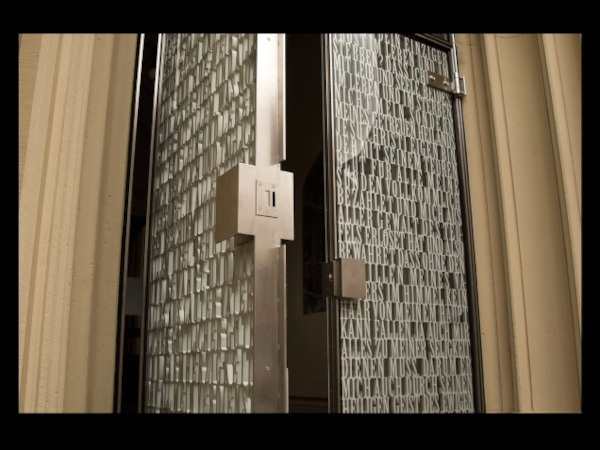Date: 9 June 2014
Her keynote address focused on the importance of universal design and challenged attendees to take a fresh approach.
Watson’s presentation, titled “Moving from ADA to Universal Design: A Road Map,” showcased her more than 24 years of experience with individuals with disabilities. Designing for accessibility is a great idea and also the law, said Watson. However, accessibility standards and ADA guidelines are simply the minimums. Many designers and manufacturers desire to move to the next level of inclusion using the principles of Universal Design (UD).
“By designing just to ADA requirements, you’ve alienated 25 to 30 percent of the population,” says Watson.
Watson began her presentation with a video of Matt Scott in a Nike “No Excuses” commercial, rattling off a list of cliché reasons not to do something. Scott is captain of the wheelchair basketball team that took home the gold in the 2011 Parapan American Games.
“These are the folks I work with daily,” says Watson, sharing her passion for the importance of universal design.
If we live a long life, we will all be temporarily able bodied, she said. “I want to age in my own home… in my own community.”
Watson spoke about available resources for UD, such as the Center for Universal Design at North Carolina State University, where UD was first developed. Universal Design is intended to be useful and marketable to any group of users, says Watson. This means it must be flexible and accommodate a wide range of individual preferences and abilities.
She challenged attendees to look at product design differently, including bringing in new team members to gain fresh perspective and making products more flexible in order to serve more people. This may lead to failures; however, “celebrating successes and acknowledging what worked well is important,” says Watson.
About the Speaker
Watson has worked for a private college, as well as state and non-profit agencies, serving individuals with disabilities. She presents regionally and nationally regarding Universal Design and students with disabilities transitioning to college and success, using Universal Design to create curricular access and adaptive technologies for accessing learning.
More information about AAMA and its activities can be found via the AAMA Media Relations page or on the AAMA website, www.aamanet.org.
AAMA is the source of performance standards, product certification and educational programs for the fenestration industry.(SM)










Add new comment